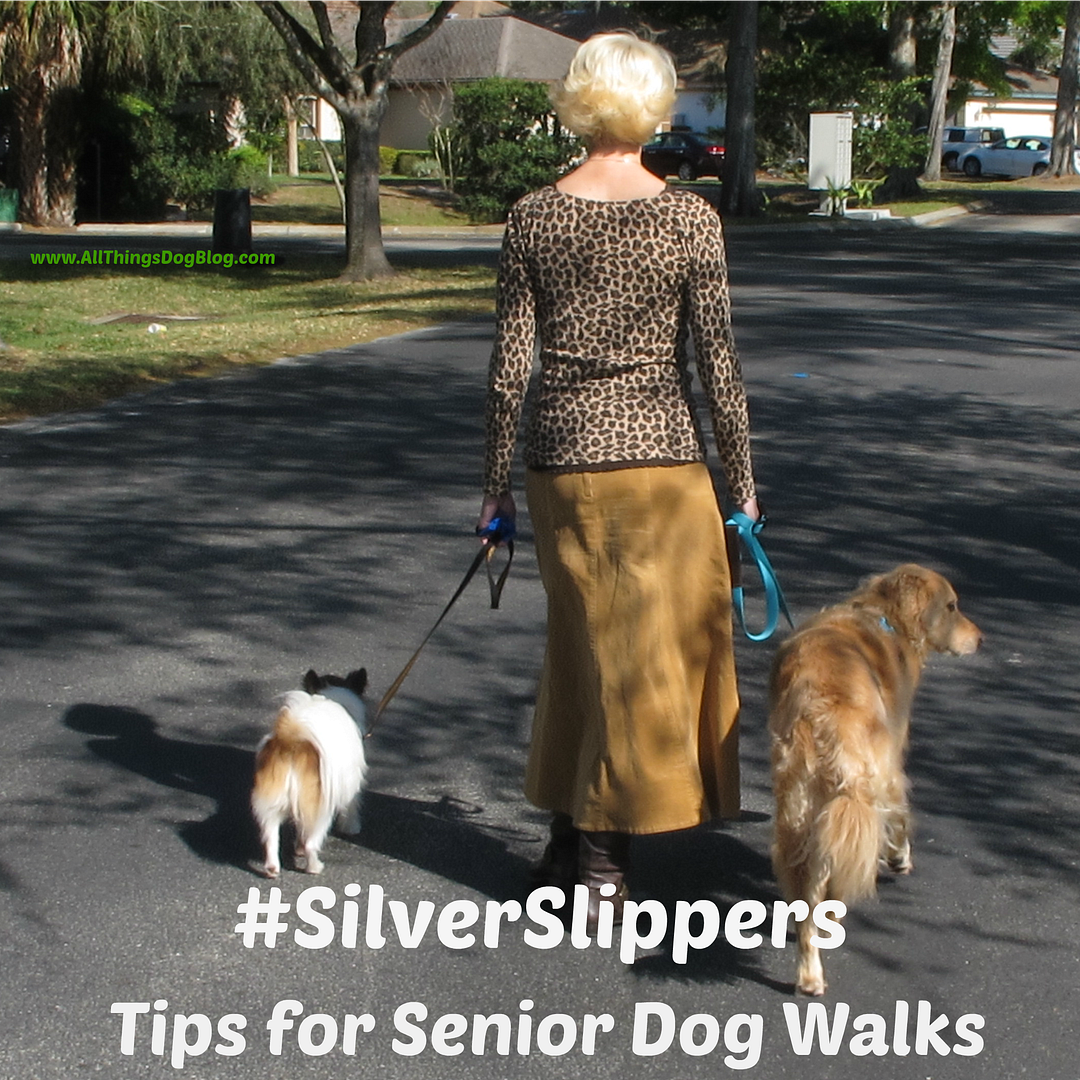Follow me on Twitter
Write to Dr. Jacki, ASK THE VET
(c) photo copyright Carrie Boyko 2008
"I'm Not a Service Dog
But, I'd Like to Be"
"I'm Not a Service Dog
But, I'd Like to Be"
Service dogs have come full circle. We've all seen Seeing Eye Dogs for the blind, but no longer are dogs just able to help the sight-impaired. Today, dogs are being trained to sense minute changes in body chemistry that can predict a multitude of medical problems.
Assistance dogs are now being used for sensing allergen presense in an environment or in foods, for highly-allergic patients. This has been particularly useful for those who are severely allergic to peanuts, a food that is processed in the same plants as so many other ingredients. People with heightened sensitivity to peanuts must be extremely vigilant about environments and foods where trace amounts of peanuts could be present.
Dogs are also being used more widely to notify their owners of changes in body chemistry that mean a seizure is imminent or medication is needed quickly. These dogs often are trained to paw or bark at their owner as a notification to take action.
Even memory-impaired patients with various forms of dementia are now receiving help from specially-trained dogs, to stay stable and safe.
Dogs have been found to have such exceptional scenting capabilties, that it is believed there may be many more uses for their super sniffers. Trainers at specialized training facilities are working to find more uses for our talented companions.
Groups such as Angel Service Dogs help to provide the funding through donations, for service dogs to give help to those in need.
In addition to service dogs and therapy dogs, there is an emerging category referred to as Facility Dogs. These pups assist in various ways with specialized therapy, guided by a handler. They can be found assisting patients with physical therapy and occupational therapy.
In reading about this new category of canine helpers, I was inspired to read about a Golden Retriever/Labrador Retriever mix that is assisting children with their therapy in a burn unit, by playing fetch with the dog. The children are less intimidated by playing with a dog, than working with a therapist, yet the result is the same. They are using their extremities to stretch their skin, while having fun playing with the dog.
My own Golden Retriever/Labrador Retriever mix, Xena, would have been thrilled to have this job. She is a sterotypical retriever, with a people loving, playful attitude--even at almost 13.
Want to learn more about service dogs? You can check out some of my sources, or try a Google search. It is truly amazing what dogs can do. I continue to learn this lesson. Even today, while my father is in the hospital, Tanner is giving me moral support when I return home for a little family time. He vigorously rubs his head on my leg, as if to say, "I know Mom, but I'm here for you."
Assistance dogs are now being used for sensing allergen presense in an environment or in foods, for highly-allergic patients. This has been particularly useful for those who are severely allergic to peanuts, a food that is processed in the same plants as so many other ingredients. People with heightened sensitivity to peanuts must be extremely vigilant about environments and foods where trace amounts of peanuts could be present.
Dogs are also being used more widely to notify their owners of changes in body chemistry that mean a seizure is imminent or medication is needed quickly. These dogs often are trained to paw or bark at their owner as a notification to take action.
Even memory-impaired patients with various forms of dementia are now receiving help from specially-trained dogs, to stay stable and safe.
Dogs have been found to have such exceptional scenting capabilties, that it is believed there may be many more uses for their super sniffers. Trainers at specialized training facilities are working to find more uses for our talented companions.
Groups such as Angel Service Dogs help to provide the funding through donations, for service dogs to give help to those in need.
In addition to service dogs and therapy dogs, there is an emerging category referred to as Facility Dogs. These pups assist in various ways with specialized therapy, guided by a handler. They can be found assisting patients with physical therapy and occupational therapy.
In reading about this new category of canine helpers, I was inspired to read about a Golden Retriever/Labrador Retriever mix that is assisting children with their therapy in a burn unit, by playing fetch with the dog. The children are less intimidated by playing with a dog, than working with a therapist, yet the result is the same. They are using their extremities to stretch their skin, while having fun playing with the dog.
My own Golden Retriever/Labrador Retriever mix, Xena, would have been thrilled to have this job. She is a sterotypical retriever, with a people loving, playful attitude--even at almost 13.
Want to learn more about service dogs? You can check out some of my sources, or try a Google search. It is truly amazing what dogs can do. I continue to learn this lesson. Even today, while my father is in the hospital, Tanner is giving me moral support when I return home for a little family time. He vigorously rubs his head on my leg, as if to say, "I know Mom, but I'm here for you."
Follow All Things Dog at Twitter
Find me at Facebook





































0 comments:
Post a Comment